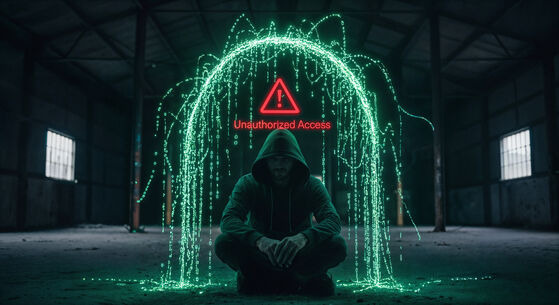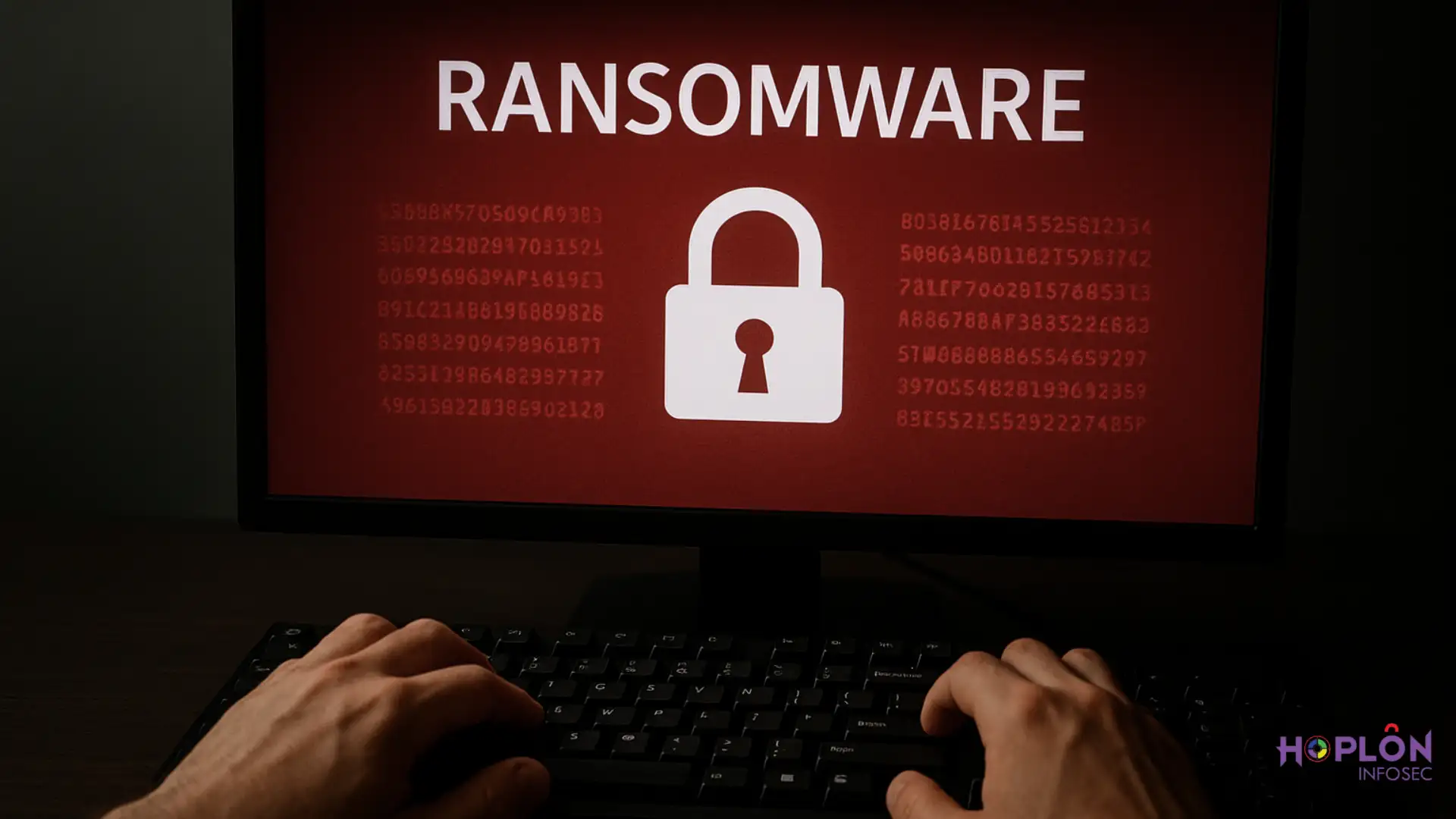One of the most common targets of ransomware has become the healthcare industry. Clinics and hospitals hold huge loads of patient medical information, such as the electronic health records (EHR), as well as billing information and medical records, which are of great interest to cybercriminals. One ransomware attack may jeopardize patient care by halting operations, exposing confidential information, and ruining patient trust on a long-term scale.
Traditional defenses often fall short in these complex environments. Most healthcare systems already have legacy infrastructure and have limited resources, and find it difficult to maintain access control across thousands of devices and users.
That is where Extended Detection and Response (XDR) comes in. After examining several layers of security within a system on a single platform, XDR ensures that ransomware encounters a barrier before infecting other parts of the system. This article discusses the functions of XDR security in ransomware attacks in healthcare, why it is an important issue, and what actions can be taken by providers to ensure data integrity and patient records.
Why Healthcare Is a Ransomware Hotspot
Ransomware attacks are not random. The healthcare sector is a target of threat actors because of the following reasons:
- High-value data
- Medical data and patient records can end up in identity theft on black markets.
- The data is more valuable and profitable than credit cards because they do not expire.
- Complex IT environments
- Hospitals are most likely a combination of new cloud-based applications paired with obsolete on-premises applications.
- Older medical equipment does not necessarily have high levels of data protection features, leaving weak spots.
- Operational urgency
- Downtime affects lives. Attackers know hospitals can’t afford delays in patient care.
- One might think there is no other way to restore services faster than to pay a ransom.
- Expanding attack vectors
- They easily penetrate with social engineering, phishing, and supply-chain attacks.
- Other vendors and contractors tend to possess weak controls, which compromise the entire healthcare system.
The result? Ransomware is one of the most disruptive threats to modern healthcare.
How XDR Works in Healthcare Security
Extended Detection and Response (XDR) is not a new monitoring tool. It combines several levels of security: endpoint and identity security, network security and cloud security into the same platform.
The reason why this unified approach is important in the field of healthcare is that:
- The security teams receive visibility of all comprehensive activity across systems.
- Lateral movement by the threat actors is detected sooner.
- Automated playbooks mean responses can be made straight away, even when a security administrator does not have a lot of available resources.
Vendors such as Palo Alto Networks and IBM already offer XDR solutions that meet the compliance requirements of industry-specific compliance categories, such as healthcare, among others.

XDR in Action: How It Stops Ransomware
Step 1: Detect Early Warning Signs
Ransomware rarely starts with encryption. It begins with small signals:
- Suspicious login attempts from compromised accounts.
- Abnormal computer coding.
- Abnormal traffic on the medical systems.
These weak signals are correlated into one alert at XDR. As an example, when an infected imaging account reads an unusual amount of medical data, XDR will raise the alert before the damage occurs.
Step 2: Block Unauthorized Access
In healthcare, access control is a strong point. XDR detects:
- Unusual login time when the employee did not work at that time
- New password resets are initiated by strange devices.
- Trying to get around role-based controls.
The XDR can institute multi-factor authentication or account lock instantly instead of waiting for manual checking and halting thieves from stealing patient information.
Step 3: Prevent Lateral Movement
Once they have breached the organisation, ransomware spreads between departments- billing, labs, and imaging. In XDR, this is being prevented.
- Use a network tap to monitor RDP, SMB and LDAP traffic to detect abnormal traffic.
- Crowning the unauthorized links between servers.
- Isolating critical systems such as EHR and backup databases.
This immediate response does not violate patient confidentiality, and it does not hinder the performance of the hospitals.
Step 4: Protect Data Integrity and Storage
Attackers tend to eliminate back-ups before proceeding to take down your servers. XDR monitors the backup and storage environment against tampering. In case ransomware tries to make changes by deleting, encrypting, or compressing data, the system automatically locks the backup to save it.
The blockchain technology is also under investigation by advanced healthcare providers. They use smart contracts and store patient records using tamper-evident logs using that public key. When ransomware alters medical records, XDR identifies the difference between blockchains and hashes to prevent data corruption.
Step 5: Automate Response for Faster Containment
Active attacks call for minutes. XDR playbooks automate
- Isolating infected devices.
- Running processes to kill ransomware.
- Denying connections to the attacker-controlled servers.
- Sending the security administrators and IT personnel alarms at the same time.
Such secops efficiency enables hospitals to contain outbreaks within a short period of time, even when the security forces are limited.
Step 6: Guard Against Data Exfiltration
New ransomware does better than encrypting–it steals. Hackers run away with valuable information to extort. This is avoided because of XDR.
- Identifying the anomalous patterns of outbound traffic.
- Preventing restricted upload to cloud services.
- Warning the teams when patient records or health data are exiting the network
This keeps patient confidentiality intact and reduces legal exposure.
Benefits of XDR for Healthcare Organizations
- Patient safety and trust
- Continuous protection means doctors will have access to patient records when the services are required.
- Patients already understand that their health information is safe
- Compliance readiness
- HIPAA and other international standards are supported on HIPAA with deployments monitoring data security controls with HIPAA.
- Automated logs make the audit process easier on the regulators.
- Cost savings
- A ransomware outbreak is far more economical to avoid than paying a ransom or losing production time.
- Automates and scales over time, reducing the IT burden of dealing with threats and threat modelling.
- Future-proof security
- Blockchain and cloud security-driven integration prepares the providers towards the emerging threats.
Real-World Example
A regional hospital experienced an ongoing phishing campaign to steal the credentials of its staff. Having XDR in place, this system integrated suspicious email activity with unsuccessful logon to the electronic health record portal. The actions of the malicious emails were automatically addressed and led to new passwords being reset, the malicious emails being quarantined, and the attacker’s IP range being blocked.
Result: There was no data breach and zero downtime or harm to the continuity of patient care.
Building an XDR Strategy in Healthcare
Healthcare providers can maximize XDR value and do the following:
- Map critical assets: Narrow down on the most risk-prone things, such as electronic health records, imaging, and billing.
- Integrate data sources: Connect endpoints, firewalls, and cloud security tools into the XDR platform.
- Automate key responses: Build playbooks for ransomware detection, unauthorized access, and data tampering.
- Train staff: Minimize that risk by integrating human training with XDR monitoring.
- Measure results: Track metrics such as detection time, containment speed, and false positives.
Looking Ahead: The Future of XDR in Healthcare
Ransomware is going to keep afflicting the healthcare sector. The XDR + blockchain + AI-driven analytics will tip the scales to the favors of defenders.
- Smart contracts may automate record verification.
- Data compression techniques will make data management more efficient without risking data integrity.
- Partnerships with leaders like Palo Alto Networks will strengthen industry-wide resilience.
The long-term goal is a prevention-first approach that not only blocks ransomware but ensures continuity of patient care under any condition.
Conclusion
Ransomware in the field of medicine is not only a cyber problem; it is a patient care problem. Each attack endangers lives, patient privacy and trust.
Deploying XDR, healthcare providers can achieve visibility, automation, and control. XDR achieves medical record safety, data integrity protection, and maintains hospital functionality even during an attack.
To support this journey, Hoplon offers XDR protection with teams of specialists that can help healthcare organizations avoid ransomware and secure the data of patients.



